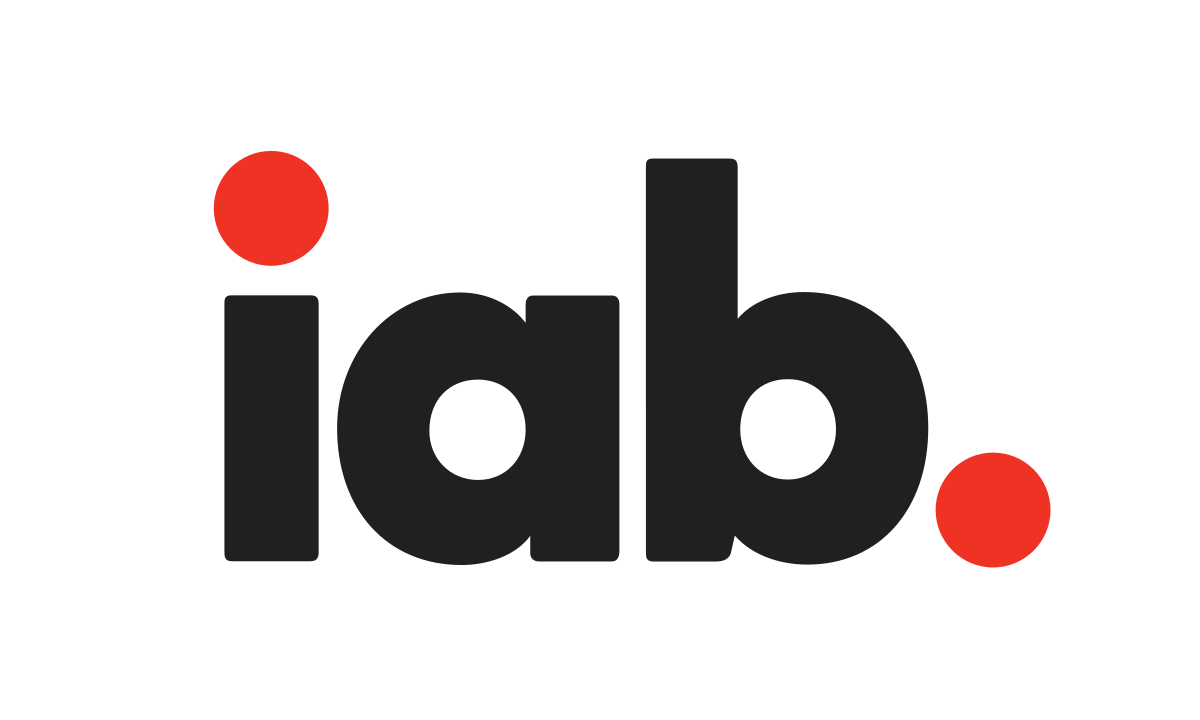
What are Kanban Boards?
Kanban Boards in Project Management
In project management, a Kanban board is a visual workflow management tool that helps teams visualize their work,optimize workflow efficiency, and maximize project delivery. It acts as a collaborative whiteboard where tasks are represented by cards that move across different stages, reflecting their progress.
Imagine a board with columns representing different stages of your project workflow, like "To Do," "In Progress," and "Done." Tasks are then written on sticky notes or digital cards and placed in the corresponding column based on their current status. This simple yet effective system provides a clear overview of the project workload and helps teams identify bottlenecks or areas for improvement.
A Deeper Look at the Core Principles of Kanban Boards:
- Visual Representation: The core of the Kanban board lies in its visual nature. By seeing tasks physically move across the board, teams gain a real-time understanding of workflow progress and identify potential roadblocks.
- Work in Progress (WIP) Limits: A key aspect of Kanban is setting WIP limits for each stage of the workflow.This helps prevent overloading team members and ensures tasks flow smoothly through the system.
- Continuous Improvement: Kanban boards are designed to be dynamic and adaptable. Teams can continuously review their workflow and make adjustments to the board as needed, fostering a culture of continuous improvement.
Benefits of Using Kanban Boards
Kanban boards offer a multitude of advantages for project teams:
- Improved Workflow Visibility: The visual nature of Kanban boards provides a clear picture of the project workflow, allowing teams to identify bottlenecks and optimize task flow.
- Enhanced Team Collaboration: Kanban boards foster communication and collaboration within teams. Everyone has a shared view of the project's progress, leading to better coordination and problem-solving.
- Increased Focus and Efficiency: By limiting WIP and visualizing task progress, Kanban boards help teams focus on completing tasks efficiently and avoid multitasking overload.
- Flexibility and Adaptability: Kanban boards can be easily modified to accommodate changes in project requirements or team structure.
Conclusion
Kanban boards are a versatile and valuable tool for project managers and teams seeking to improve workflow efficiency,boost collaboration, and deliver projects successfully. Their visual nature, focus on WIP limits, and emphasis on continuous improvement make them a powerful asset for any project management methodology.






